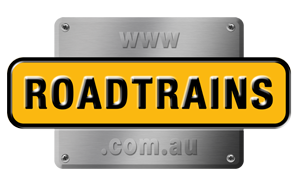The New Breed – First Super Quad hits the road in Western Australia Pilbara. 
It’s the first of the new breed of road trains to hit the Pilbara and it’s the longest road registered road train in the world with a gross mass of 196 tonne, it delivers an impressive 140 tonne payload as Howard Shanks discovered.
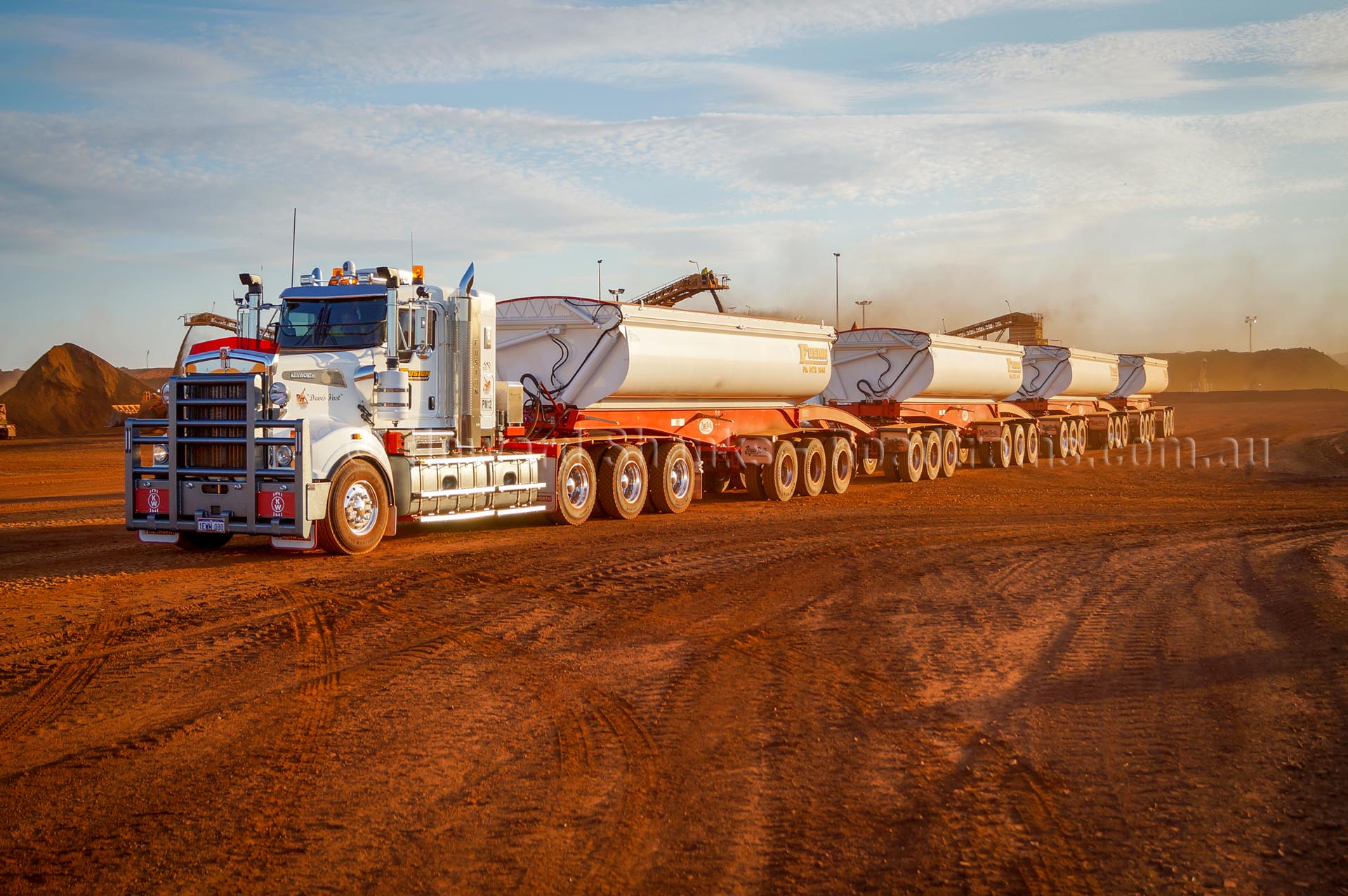
Kenworth T909 tri-drive with Super Quad trailers at PMI mine site Iron Valley, WA.
This story begins back in March 2015 when Process Minerals International (PMI) approached their current haulage contractors, floating the concept of super-quads to increase productivity and reduce haulage costs from their Iron Valley mining operation to the Utah unloading facility in Port Hedland.
Fusion Contracting WA Pty Ltd’s owner Jon Edwards was first to embrace the concept, and he placed an order for a tri-drive Kenworth T909 that week to tow the Bryce Rock quad trailer combination.
Western Australia state transport minister Dean Nalder says that trialing the super-quad combinations on their highway network is a national first.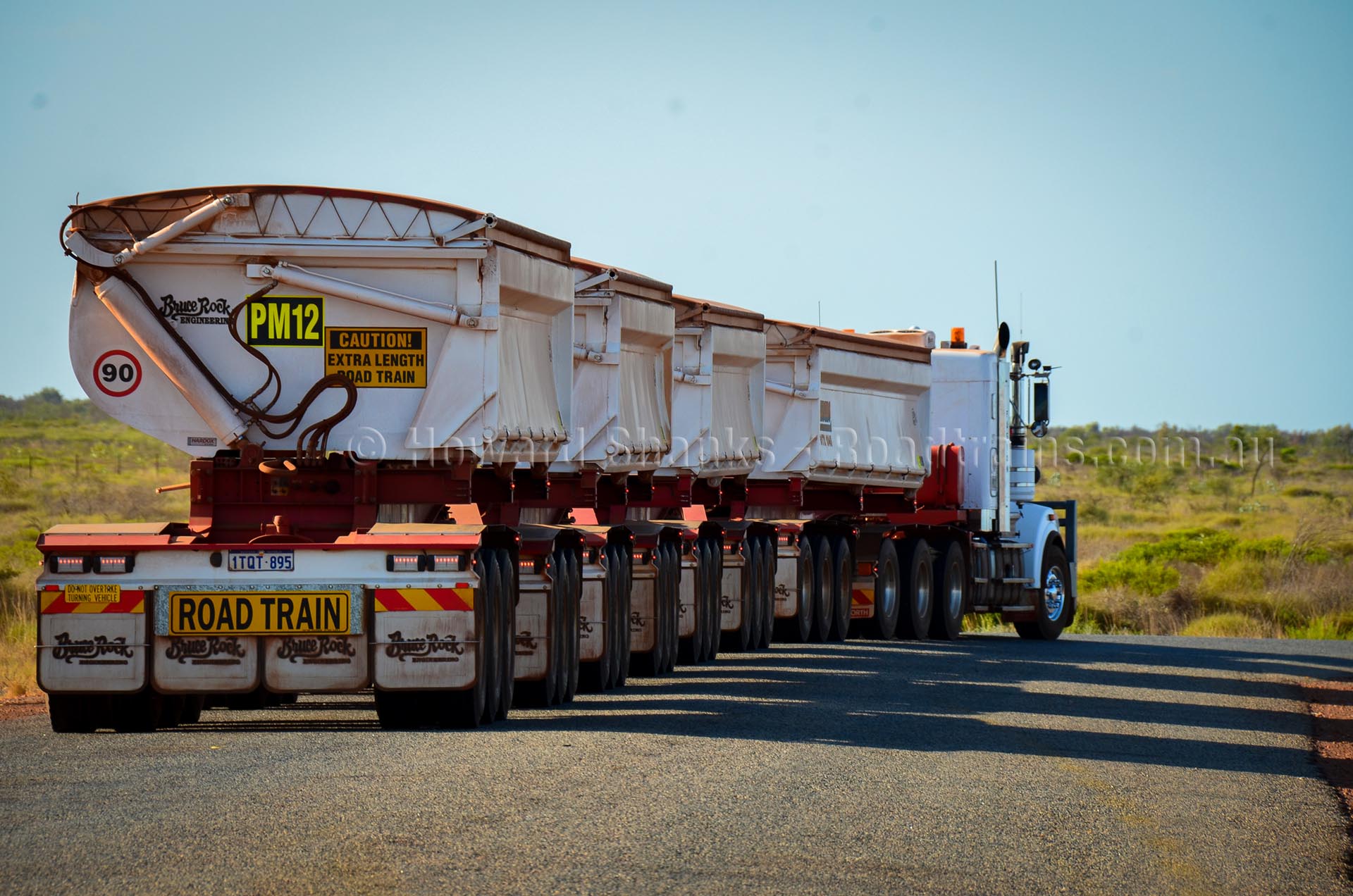
60-Metre Road Trains
Initially the Fusion Contracting WA 60-metre road trains will undertake a three-month trial in the Pilbara from PMI’s Iron Valley mine along the Munjina-Roy Hill Road on to the Great Northern Highway then northward to Utah Point, Port Hedland.
“The super-quad combination has undergone – and passed – rigorous safety assessments to ensure they are safe to operate on public roads,” Nalder said.
“Even though they are longer, these are state-of-the-art vehicles with improved safety and superior handling compared to the standard 53.5m road trains, the longest currently allowed on our roads.”
Though capable of higher speeds, the road trains will be limited telematically to 90kmh, which the government says will allow “easier overtaking by other vehicles and ensuring superior on-road performance”.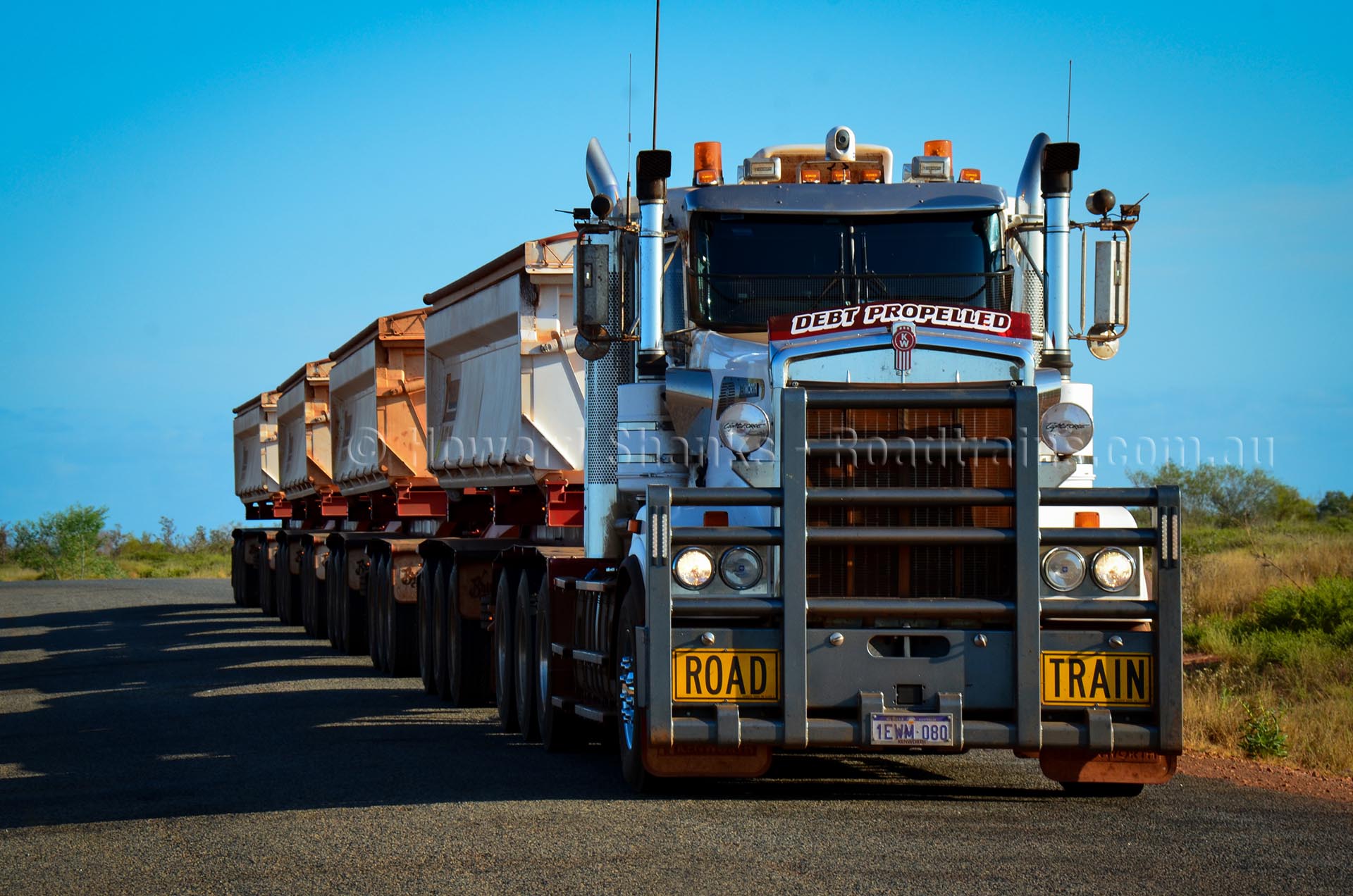
Nalder says the trial aims to eventually provide the mining industry with greater productivity and lower operating costs, reduce the number of vehicles on the road in the long-term and introduce a safer vehicle.
The trial will assess impact on the road infrastructure and other road users, such as pavement assessments, traffic data, community surveys and on-road monitoring. The vehicle combinations will be assessed by a panel of the Road Safety Commission, local government, WA Police, Main Roads Western Australia and the caravanning industry.
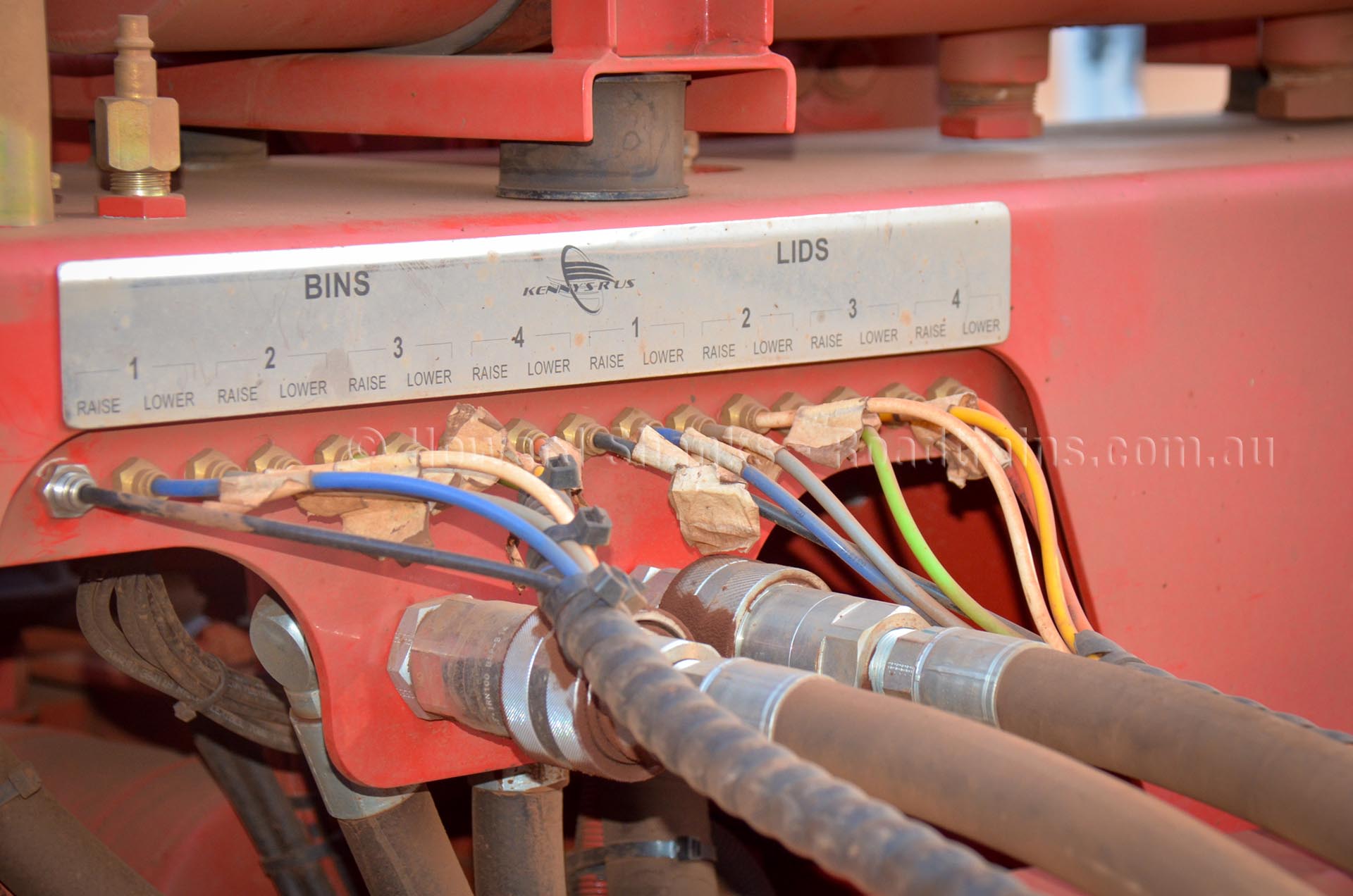 Performance Based Standards
Performance Based Standards
Fusion Contracting WA has wasted no time in getting the combination up and running and saying it is the first heavy haul company to trial a Performance Based Standards (PBS) quad road train in the Pilbara in support of junior iron ore and manganese miners using Utah point.
“This unit is 60 metres in length and will carry up to 140 tonne payloads,” Jon Edwards said. “This compared with our conventional quads that are 53.5 metres in length and carry 114 tonne payloads.
“If adopted across all tonnage delivered at Utah Point is has the potential to reduce the current required truck trips into the facility by 46,000 trips per annum, he added. “This is a very significant road safety and productivity uplift.
Bruce Rock Engineering managing director Damion Verhoogt says the trial is the culmination of almost two years negotiations with the WA Department of Transport, PBS assessors and clients.
The company has approval for six sets in all, with the others a waiting commercial terms from clients.
The process had focused on infrastructure impacts and traffic interactions, with Verhoogt saying that the eventual outcome has been a top-line product.
“Through the PBS process, we have ended up with a vehicle that is actually dynamically superior to the existing quad set-ups that are on the road at the moment,” he adds.
“We’ve actually got a much-higher productivity vehicle; the thing’s actually much safer than existing gear; it’s monitored a lot better through the IAP [Intelligent Access Program].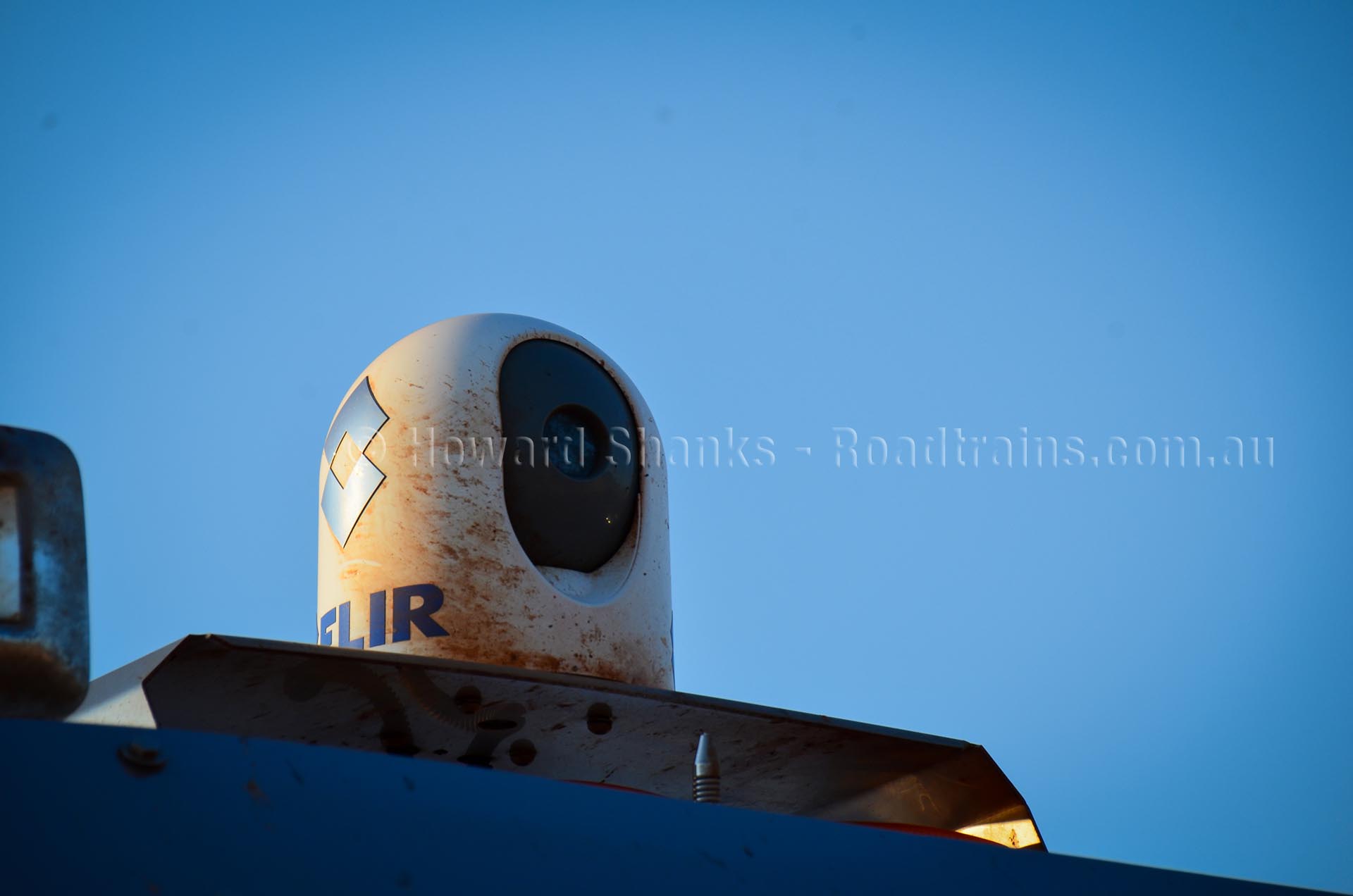
Hawk-Eye V7
The vehicle is fitted with MTData’s vehicle telematics system. That has real-time data on the vehicle’s location, direction, speed, route, mileage, and idling to enable smart operations decisions rapidly. Accurate data is accessible online 24-7 through MTData’s web-based software, Hawk-Eye V7 that integrates with all modules for a complete fleet management solution. From a click of a mouse button, Fusion Contracting WA operations and WA Main Roads can easily pinpoint the current location of a vehicle.
“Apart from a bit bigger vehicle and more tonnes, there’s been an enormous safety and performance gain on what there is running currently.”
Fusion Contracting WA’s Jon Edwards cites the initiative as a whole of industry and government effort in support of junior miners facing hard times due to the fall in mineral prices.
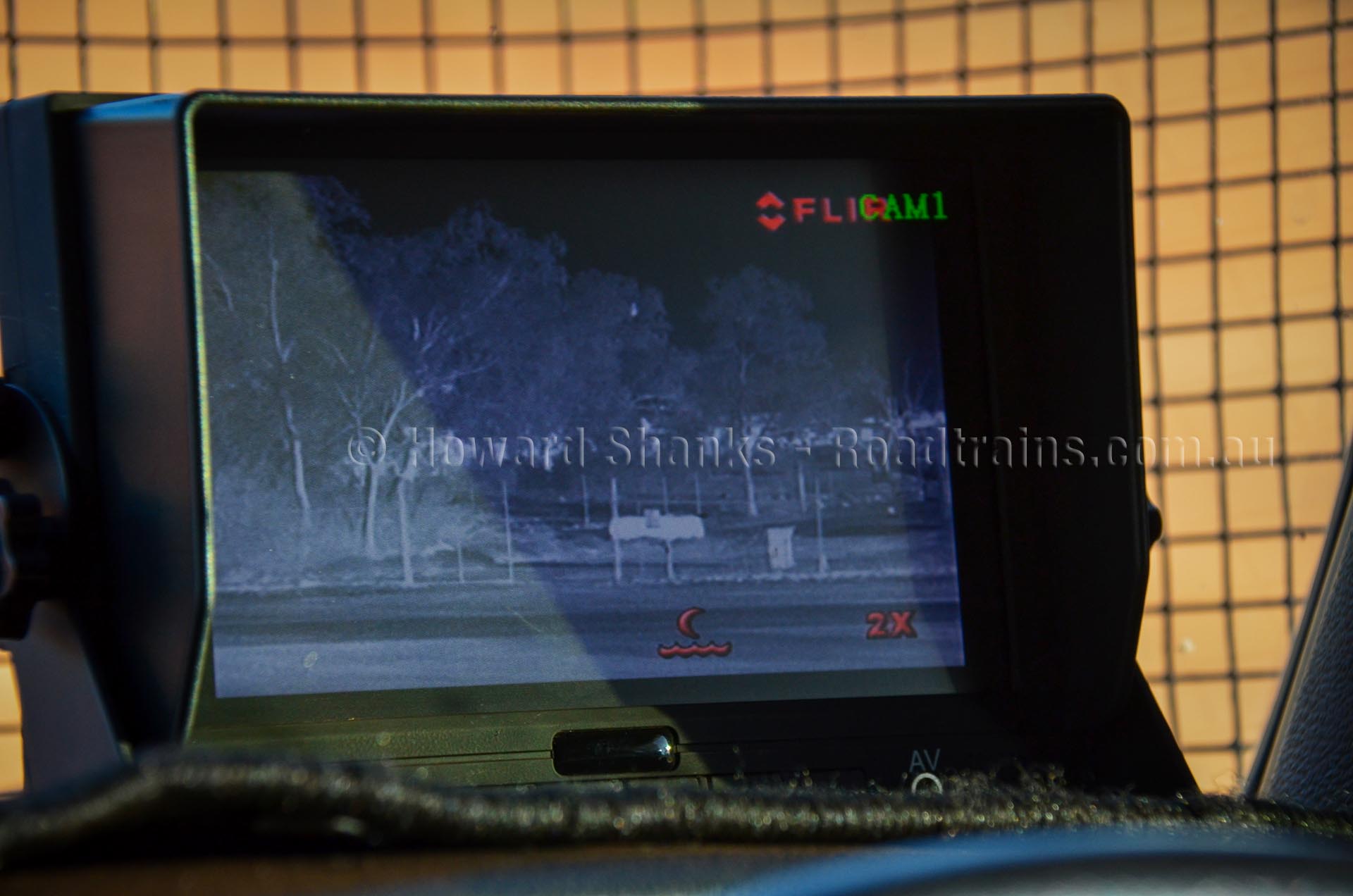 “There’s been a lot of pressure on junior miners over here in the Pilbara to increase productivity and safety getting their product to the port with the downturn in iron ore pricing,” he added.
“There’s been a lot of pressure on junior miners over here in the Pilbara to increase productivity and safety getting their product to the port with the downturn in iron ore pricing,” he added.
“There’s a good relationship between industry and government over here and they threw it all on the table to keep some of these smaller mines viable. “Just a bit of a coordinated effort between ourselves and few operators, Main Roads and the minister.”
Related Articles
Driver’s Guide to Bendix Wingman DIU operation
How to change gears in an 18-Speed Roadranger
How to change 10-stud truck wheels
Kenworth T909
The Kenworth T909 boasts a Cummins ISXe5 Rated at 550 HP coupled to an Eaton RTLO22918B transmission. The steer axle is the heavy duty Meritor MFS73LA on Kenworth’s 7.2 tonne leaf springs. The three rear drive axles are Meritor RZ78-388G with a final ratio of 5.52:1, which put the cruising revs at 1900 RPM for 90kph.
Given that this Cummins powered Kenworth is hauling a gross weight of 196 tonne its fuel economy is exceptional when compared to a Scania R730 hauling a gross of 165 tonne, both units use between 600 to 620 litres per shift. A considerable fuel and productivity gain given the additional 25 tonne payload the super quad hauls.
Other innovative safety features on the Kenworth super quad included the FLIR MD-Series Thermal Imager, which is an inferred camera, mounted on top of the cabin. It is a great asset for spotting wildlife during the night shift.
There are also forward and rear-view cameras, which record continuously to an onboard hard drive. In the event of an emergency an incident is permanently stored on the drive and cannot be written over.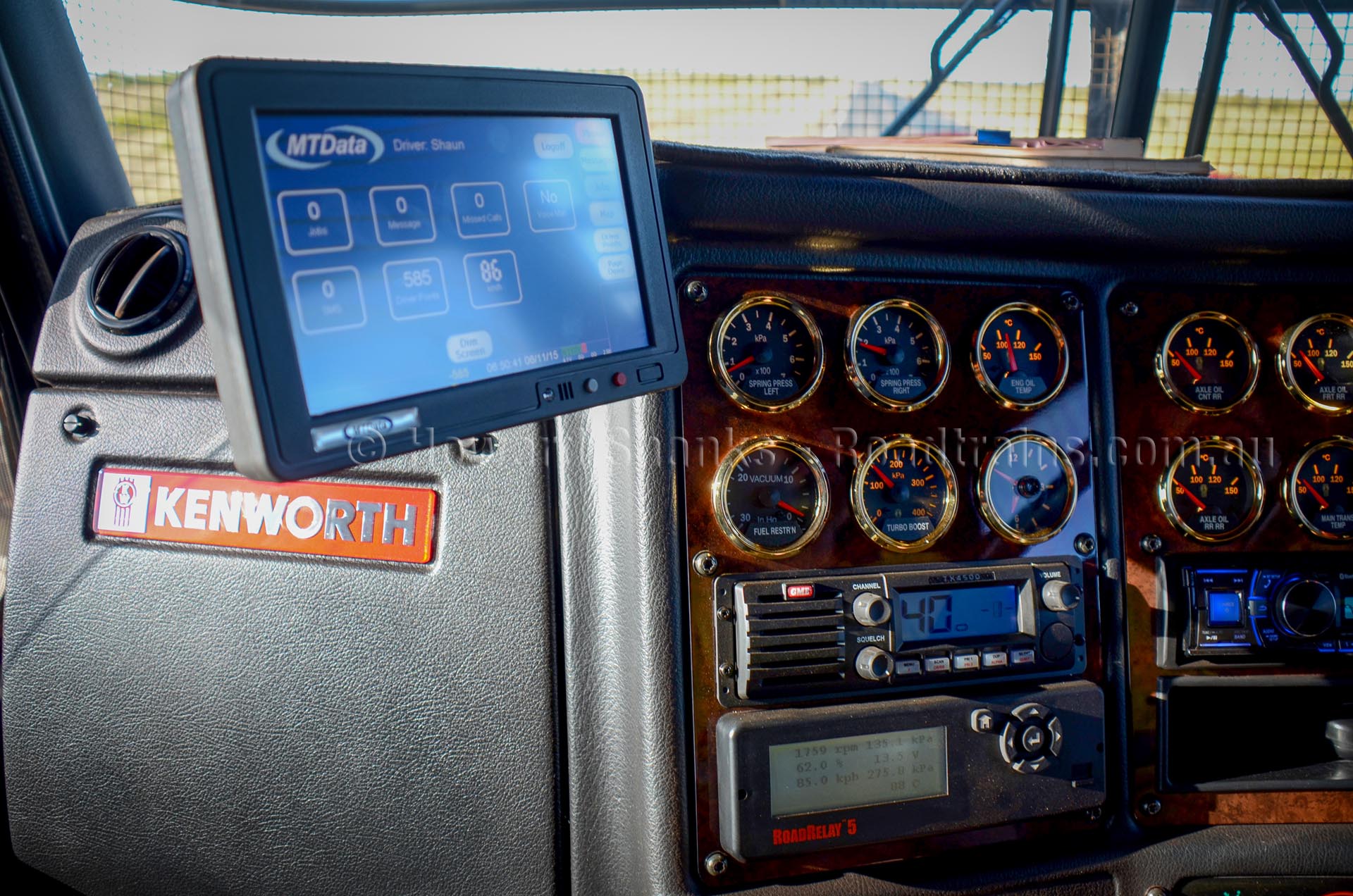
Kenworth EBSS
One of the critical key components that enable the Kenworth T909 to easily meet the stringent PBS requirements for the West Australian super quad trail is their unique EBSS braking system. The Kenworth EBSS system uses the Bendix ABS-6 Advanced platform anti-lock brake system, that additionally now incorporates Electronic Stability Program (ESP) calibrated specifically for Australian models, road conditions and applications. The system is further enhanced with the development of an electric trailer brake actuation system for EBS equipped trailers, and additional ABS related functions.
The ABS antilock braking system prevents wheel lock-up when the vehicle is over braked, often reducing stopping distances. Vehicles can retain directional stability and steerability, even under emergency braking on slippery road surfaces. ABS also reduce the danger of jackknifing in the case of vehicle combinations.
The DTX drag torque control prevents the driven wheels from compression locking on a slippery surface by raising engine revs to assist with vehicle stability.
The ATC automatic traction control prevents wheel spin under acceleration as the drive torque exceeds the drive tyres to road surface adhesion. The ATC system communicates with the engine ECU to reduce engine power or will apply the brakes to the drive wheels depending on the low traction event.
The ESP electronic stability program helps to restore vehicle stability through the use of ABS, ATC, steering direction and vehicle directional stability information. Steering angle, yaw, suspension pressure and brake application pressure sensors monitor the intended vehicle directional control versus actual vehicle movement. ESP intervenes by applying individual wheel brakes, or reduced engine torque when required to enhance vehicle stability. The system is compatible with multi trailer combinations.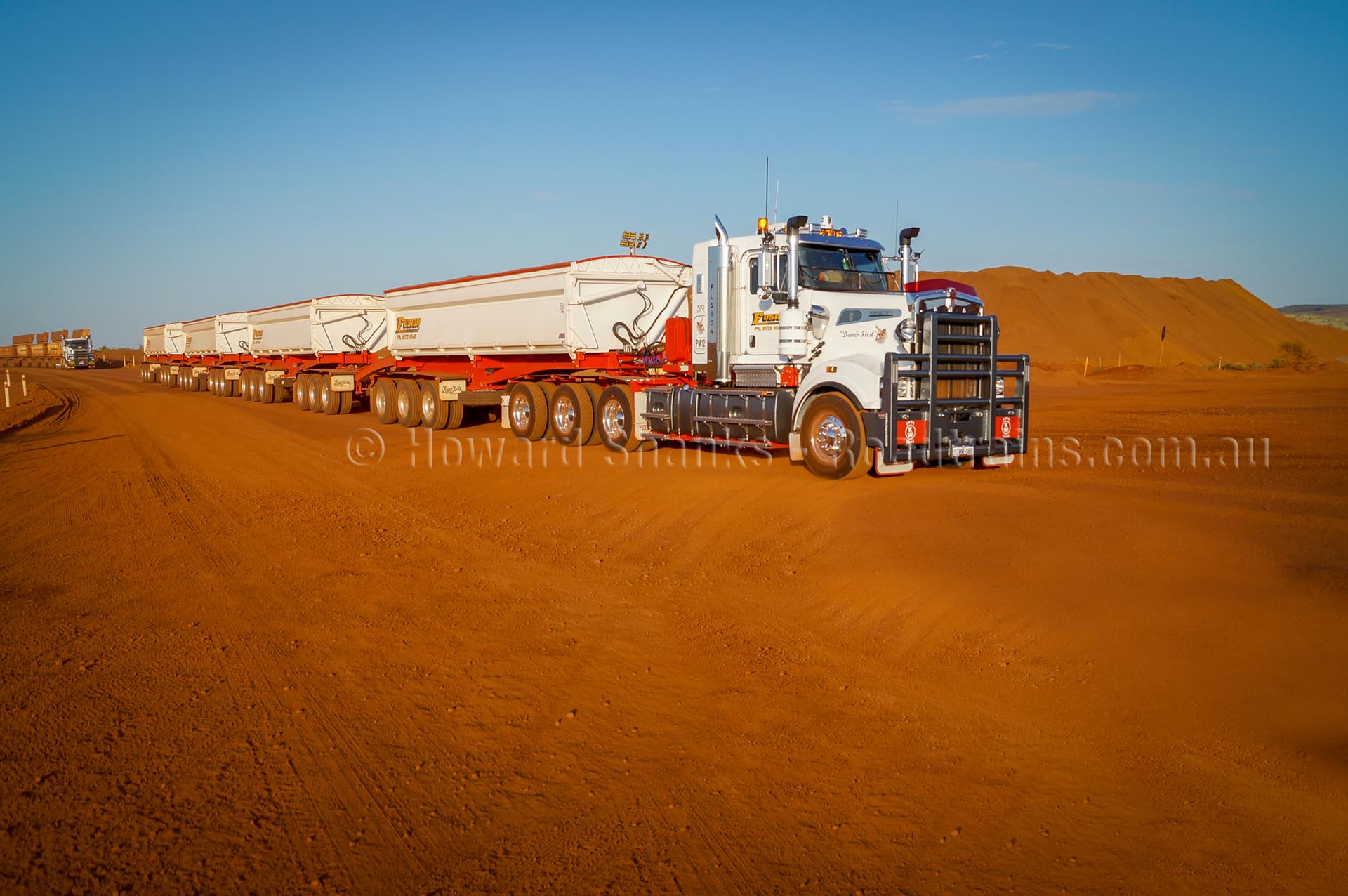
TRM Trailer Response
The TRM trailer response management is the electronic trailer brake actuation (for EBS compatible trailers only) for improved trailer braking response to assist with reduced stopping distances.
The ACB active cruise with brakes helps assist with accident avoidance, by using on board computers and radar to engage the engine and wheel braking systems if other vehicles on the road enter unsafe distances from the truck. With the addition of Kenworth Electronic Brake Safety Systems (EBSS) the result is not only safety and proven productivity gains through being engineered to application, but enhanced accident avoidance from the comprehensive list of EBSS options available.
The unit is fitted with an Alemlube Beka-Max single line progressive lube system that uses NLGI2 grade greases (as specified by many US and European truck manufacturers). The Beka-Max lube systems ensure constant and low volume lubrication to bushes, shackle pins, king pins and fifth wheels. This is facilitated by adjustable volume and time delivery of grease. This considerably reduces the maintenance time in the workshop.
“We specified BPW axles on our super quad Edwards revealed. “We run the 120mm square axle and they more than stand up to the punishment they get here in the Pilbara of Western Australia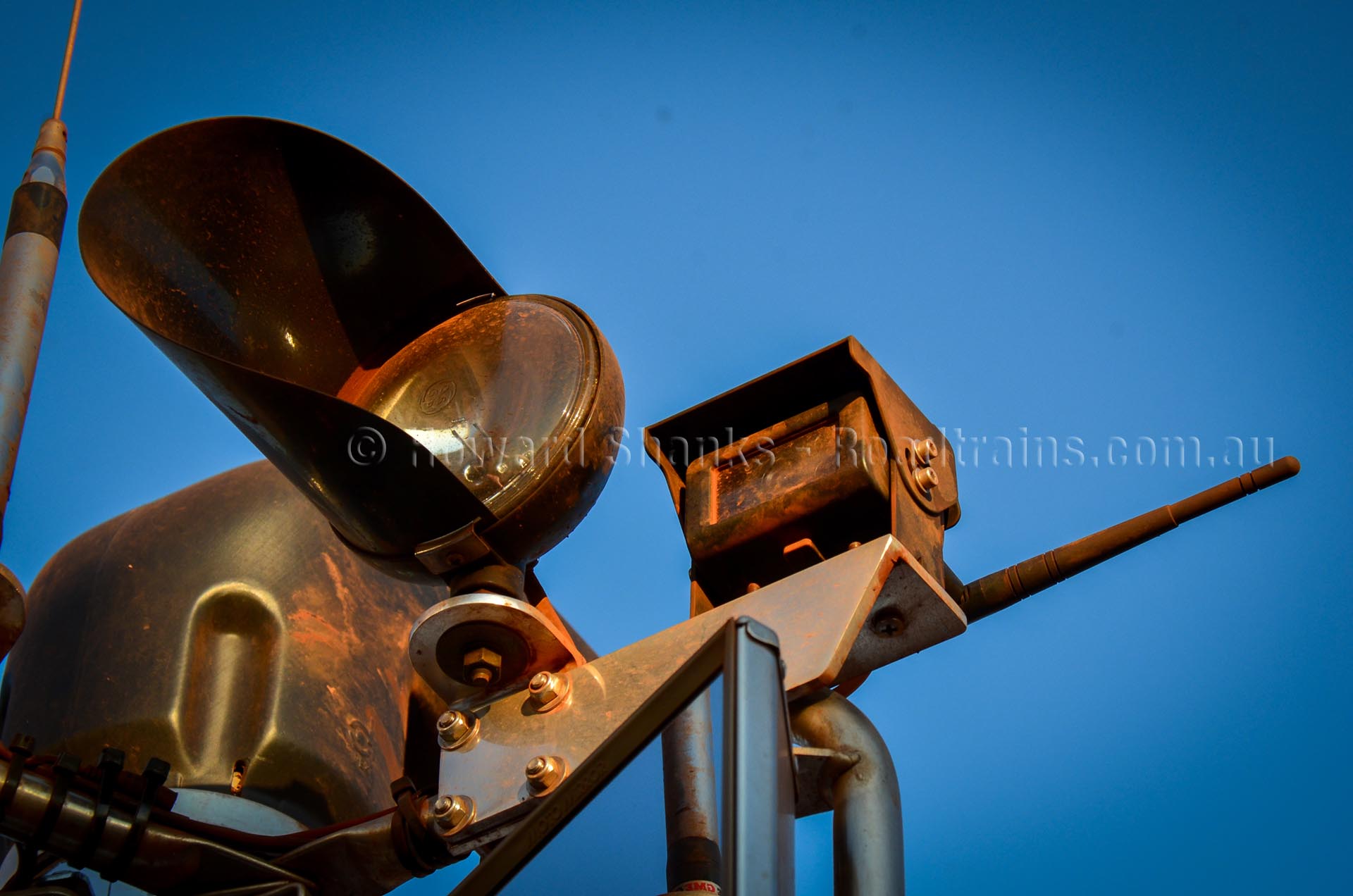
BPW Axles
“Over the last few years we’ve been specifying BPW axles on our trailers and dollies. We’re finding we’re getting great service life out them both on-bitumen and off. The main reason we originally went to BPW axles was for weight saving but we’ve found that they have better dissipation of the heat, which is giving us a lot better tyre life. From a service life point we have trailers that have worked in mixed service with both on and off highway operation that have over 300,000 kilometres and the pads are still good.”
In terms of the super quad trail, so far, it’s been a huge success. “Everyone involved in the project is more than happy with how the super quad is performing and its integration into the road network,” Edwards said. In fact, we’ve already placed an order for five more super quads, which will start rolling out early March 2016.

